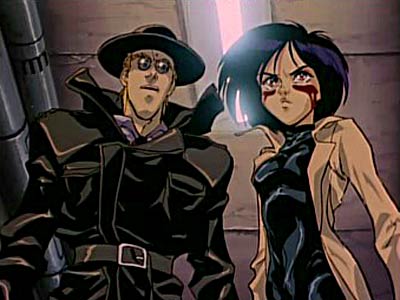
The two extreme views on terraforming are personified by Saxifrage "Sax" Russell, who believes their very presence on the planet means some level of terraforming has already begun and that it is humanity's obligation to spread life as it is the most scarce thing in the known universe, and Ann Clayborne, who stakes out the position that humankind does not have the right to change entire planets at their will. The book details the trip out, construction of the first settlement on Mars (eventually called Underhill) by Russian engineer Nadia Cherneshevsky, as well as establishing colonies on Mars' hollowed out asteroid-moon Phobos, the ever-changing relationships between the colonists, debates among the colonists regarding both the terraforming of the planet and its future relationship to Earth. The mission is a joint American–Russian undertaking, and seventy of the First Hundred are drawn from these countries (except, for example, Michel Duval, a French psychologist assigned to observe their behavior). The ship was built from clustered space shuttle external fuel tanks which, instead of reentering Earth's atmosphere, had been boosted into orbit until enough had been amassed to build the ship. Red Mars starts in 2026 with the first colonial voyage to Mars aboard the Ares, the largest interplanetary spacecraft ever built and home to a crew who are to be the first hundred Martian colonists. The trilogy shares some similarities with Robinson's more recent novel 2312 (2012) for instance, the terraforming of Mars and the extreme longevity of the characters in both novels. Icehenge (1984), Robinson's first novel about Mars, is not set in this universe but deals with similar themes and plot elements. Blue Mars also won the Hugo and Locus Awards in 1997. Green Mars won the Hugo Award for Best Novel and Locus Award for Best Science Fiction Novel in 1994. Red Mars won the BSFA Award in 1992 and Nebula Award for Best Novel in 1993. The Martians (1999) is a collection of short stories set in the same fictional universe.
/s3.amazonaws.com/arc-wordpress-client-uploads/sfr/wp-content/uploads/2020/09/01165657/Tech-MAIN-Mars.jpg)
The three novels are Red Mars (1992), Green Mars (1993), and Blue Mars (1996).

Ultimately more utopian than dystopian, the story focuses on egalitarian, sociological, and scientific advances made on Mars, while Earth suffers from overpopulation and ecological disaster.

The Mars trilogy is a series of science fiction novels by Kim Stanley Robinson that chronicles the settlement and terraforming of the planet Mars through the personal and detailed viewpoints of a wide variety of characters spanning almost two centuries. Covers of the Mars trilogy by Harper Voyager 2009 (UK)


 0 kommentar(er)
0 kommentar(er)
